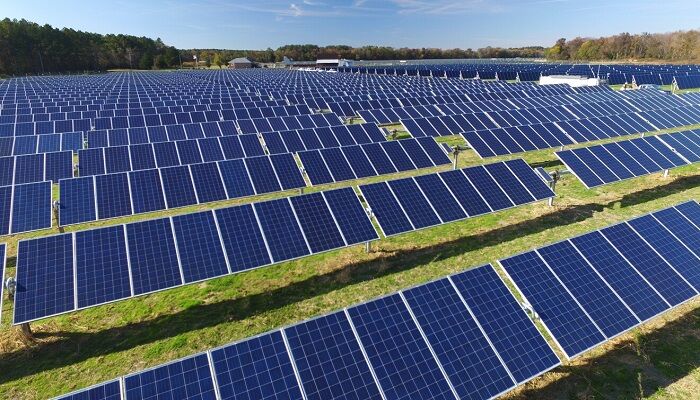The most recent International Energy Agency- IEA report named ‘Renewables 2023,’ has gone on to confirm solar power’s leading and prominent position when it comes to steering the global energy shift. The study led to the findings that solar photovoltaic- PV capacity went on to account for a massive three-quarters of the 510 GW in terms of renewable energy that was added across the world in 2023, thereby propelling the world closer in order to achieve the ambitious COP28 objective of tripling worldwide renewable capacity by the end of the decade.
The report underscores an unmatched rise in solar PV capacity, thereby marking a major stride towards COP28 aims. The entire world’s capacity to generate renewable electricity happens to be expanding at an unprecedented rate, wherein the renewable energy capacity additions increasing by 50% in 2023, which is a growth path that has not been seen in the last three decades.
Within the past existing policies as well as market conditions, the report goes on to project that global renewable power capacity will touch 7,300 GW across the 2023-2028 period. Solar PV as well as wind are slated to comprise 95% of this expansion, thereby overtaking coal so as to become the largest source when it comes to global electricity generation by as early as 2025. In spite of this remarkable progress, additional substantial efforts are indeed needed so as to meet the COP28 bent of tripling capacity by 2030.
The report goes on to highlight the affordability of onshore wind as well as solar PV, which happen to be now more cost-effective as compared to the existing fossil fuel plants across most countries. But it also goes on to highlight the issues, especially the global macroeconomic environment. The major challenge stressed is the requirement for rapid scaling up when it comes to financing as well as deployment of renewables across emerging and developing economies, where several happen to be at risk of being left behind in the energy landscape that is evolving.
Going forward, the report puts forth the fact that there are expectations for a major increase in solar PV as well as onshore wind deployment through 2028 across key regions, such as the US, India, Brazil, and the European Union. Prices, when it comes to solar PV modules, happen to witness a major decline of almost 50% in 2023, and with the predetermined global manufacturing capability touching 1,100 GW by the end of this year, the sector is all set for continued cost reductions along with rapid deployment.





































